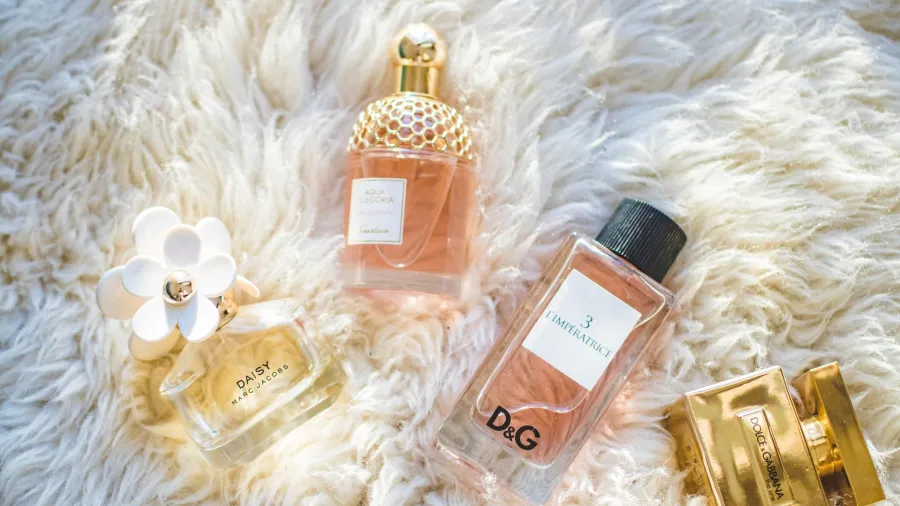
Fragrances now wear the ‘lipstick effect’
Replacing lip products, scents topped ZALORA’s beauty category both in 2020 and 2021.
From long-lasting lipsticks, celebrity beauty brands, like Rihanna’s Fenty Beauty, have pierced through the perfume industry. As it seems, this came as shoppers switched to spritzing fragrances as quick luxury fixes to feel happier during downturns, which was once fulfilled by painting the lips.
ZALORA Corporate Communications Director Christopher Daguimol told Retail Asia that the better-than-expected sales can be attributed to fragrances, comparable to aromatherapy, are experiencing the “lipstick effect.”
“Fragrances could have also been a way for consumers to feel more ‘dressed up’ and presentable on Zoom calls,” Daguimol said.
In both 2020 and 2021, fragrances emerged as the top beauty product purchased by consumers in Southeast Asia, respectively accounting for 19.82% and 22.58% of its sales in the category, based on its Southeast Asia TRENDER Report 2021.
Fragrances also grew by 455.66% year-on-year (YoY) in 2020 and by 77.54% YoY in 2021. It also stood second in terms of the top luxury products consumers buy with an 8.03% share, closely following wallets and purses with 8.79%.
This trend is not exclusive to women as fragrances also topped the men’s beauty category. Data from TRENDER showed that fragrances made up 42.9% of the sales in the beauty category. It overtook face serums and treatments (16.28%) and bath and body (10.12%).
It is expected that the increased investment in self-care, growth of the male beauty market, as well as the confidence to purchase luxury goods will likely continue and further contribute to the demand for fragrances.
Beauty category runners-up
After fragrances, face serums and treatments, which accounted for 20.88% of the beauty category sales in 2021, followed. This improved from 15.21% in the previous year. Placing third amongst the top beauty products is bath and body with 9.79% in 2021, surpassing face make-up.
Daguimol linked this to health measures, such as mask-wearing, that rendered it less important for consumers to wear make-up. The prolonged stay at home with lockdowns, forcing offices and schools to operate under a hybrid setup also led to an “opportunity” for consumers to start and stick to skincare regimens.
“Having stayed home for long periods of time, consumers have become more adjusted indoors, resulting in a shift towards embracing natural beauty,” Daguimol said.
“These newfound pandemic habits would now be a crucial part of routines that consumers would not want to break.”
ZALORA also expects demand for men’s beauty products to sustain its rise as the industry is projected to grow by an average of 8.4% annually between 2020 and 2026 in Southeast Asia. Demand for beauty products amongst male consumers soared 247% in 2020 from the previous year; and continued to grow in 2021 when it jumped 45%.
Daguimol noted this comes as men are also seen to be increasingly invested in self-care with face serum and treatments, and bath and body products, which likewise, followed fragrances.
“This rise can be attributed to the increasing awareness of the benefits that skincare entails, along with the convenience of purchasing beauty products online,” he said.
In addition ZALORA noted this demand is also driven by the younger demographics in Southeast Asia, which make up the majority of ZALORA’s consumers as the use of beauty products amongst men is normalised.
‘Revenge Dressing’ ahead
Outside the beauty category, casualwear, particularly sports apparel, filled the carts of online shoppers in Southeast Asia as lockdown periods were prolonged, driving consumers to prioritise their health more.
This trend even spilled over footwear as ZALORA found a demand uptick in sneakers, outweighing heels. Citing TRENDER data, Daguimol said that in shoes, casual footwear made up 95.89% of demand, whilst formal footwear only made up 4.11% in 2021.
This demand for casualwear is expected to continue this year with consumers preferring a work-from-home setup, or hybrid working arrangement; but whilst that is the case, ZALORA noted that occasionwear will likely make a comeback in 2022.
“Our TRENDER insights find that forgotten categories are seeing a rebound and consumers – particularly females – have been looking to purchase new pieces to wear out as restrictions ease.”
Daguimol shared this trend was first seen in winter wear, when search terms for “winter wear” have increased by 275% on ZALORA after Singapore announced its pilot Vaccinated Travel Lane with Germany in October.
The year ahead
In the year ahead, ZALORA still sees comfort and sustainability will remain as a major factor for purchasing decisions. This comes as shoppers continue to cling longer to more comfortable options.
Its TRENDER report found that consumers will likely look for healthier options that are backed by science and research as digital acceleration led to social activism amongst beauty and fashion consumers. This arose from interactions in online communities that paved the way for exchanges in values regarding sustainability and ethical moral codes.
“Thus we may be seeing more consumers getting involved and considering factors, such as ingredient or material sourcing, and eco-friendly packaging before making a purchase decision,” he said, noting that behavioural shifts have already been seen in the resale industry, where consumers lean towards thrifted and upcycled materials.
More consumers also got into the secondhand clothing market as shoppers want to buy pieces that have quality at a more affordable prices, instead of buying cheap yet disposable attires.
Apart from a projected comeback of dressier pieces and sustained demand for casual wear and personal care products, ZALORA also sees demand for children’s wear to surge as children outgrow their clothes.
Daguimol said that demand will likely be sustained as consumers begin to return to normalcy and as cross-border travel resumes with more countries easing restrictions. He noted, however, that this demand could be tempered particularly in Singapore amidst a new tax policy hike, coupled with the continued financial impact of the crisis and the rising inflation rate in the region.
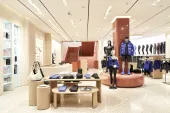



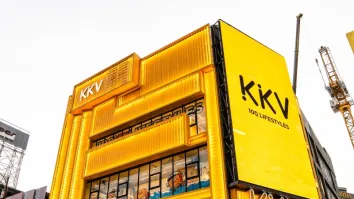
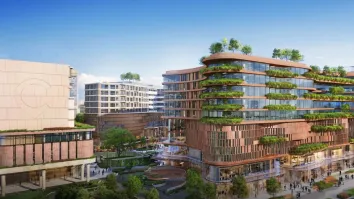



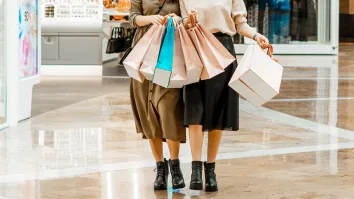


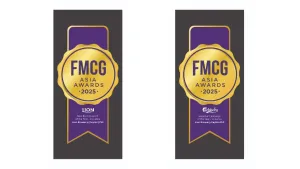






 Advertise
Advertise





